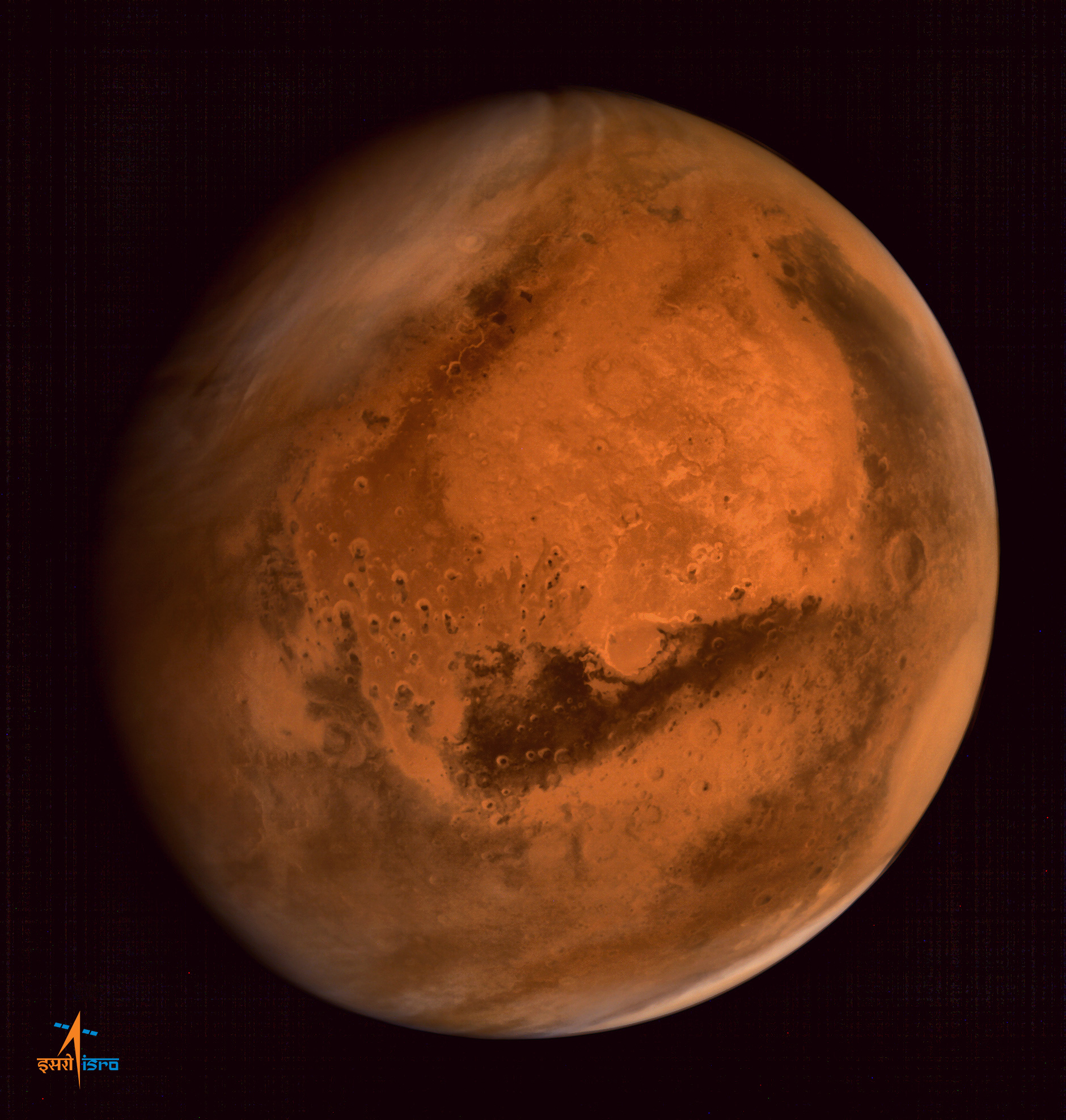At a time when The Martian finishes its successful box office run, and one of the hottest entrepreneurs in the world claims he created his space and aeronautics company SpaceX for the express purpose of fulfilling a childhood dream to see humans on Mars, a manned mission to the red planet is looking a lot less like a far-off pipe dream, and more and more like an inevitability.
The rhetoric from NASA, too, has been getting more overt as the days pass, with seemingly far-away dreams finally beginning to solidify into actionable plans that they would like to target for the 2030s. NASA continues to partner more and more with the burgeoning commercial space flight industry, including SpaceX and others, enabling a new paradigm where interested parties in government and the private sector can share expertise and technology with each other. Having more brains (and work cultures) involved will accelerate development, and begin to lower costs for all types of space missions.
Meanwhile, the Chinese aerospace sector, including China Manned Space Engineering, continue to take incremental steps toward manned space exploration, including low-earth orbit flights, and plans for the imminent launch for the first pieces of what will become the Chinese space station. Their planners envision a multi-step approach, from the space station, to the moon, and finally to Mars. China, too, has even allowed a private sector project to piggyback on its mission around the moon, together testing a method of possibly bringing material from the moon back to earth.
This tells us that unlike the moon and other missions of the USA and Soviet Union from the 1960s and 1970s, any future mission is likely to utilize ingenuity from a combination of governments and the private sector, and will quite likely involve multiple nations. The Russian Federal Space Agency and the European Space Agency have both drafted plans for manned Mars missions, while the Japan Aerospace Exploration Agency and the Indian Space Research Organisation have developed technology that is potentially useful for trips to Mars and elsewhere).
Exhilaration around this new era of space exploration in movies like The Martian reminds me of the exuberance on the topic before and during the space race of the 1960s, as conveyed in countless movies, pulp fiction and TV shows from the era. This episode of Disneyland from 1957 makes a compelling sales pitch (just after the 25 minute mark) about colonization of Mars, complete with “pressurized houses and cities”, all as part of a necessary effort to counteract “the serious problems of overpopulation and depletion of natural resources”. (The last thought may seem somewhat quaint now, since by 2020 the population of Earth will have almost tripled since 1950 and it on target to hover near the 4x multiplier 100 years later, in 2050.)
One thing we know for certain, though: Earth is only a temporary home. Even if Earth weren’t temporary itself, its habitability for us bipedal humanoids certainly is. Whether it’s those problems of overpopulation and resource depletion, as Disney warned in the 1950s, or something out of our control like an asteroid impact, runway geologic or climate change, dissolution of the Earth’s magnetic field, the eventual expansion of the sun…something will eventually make life here impossible for us. The only hope for the survival of the human race is to hedge our bets, and that means planting our asses somewhere else, so that if one population center is wiped out, another can survive.
Eventually survival has to mean even getting out of our own solar system, perhaps sending out some sort of automated mission that can do something that seems outlandish today like reconstruct humans upon arrival in another solar system from DNA (3D printed people, anyone?). Or, maybe a warp drive is somehow possible, in which case some people could traverse the massive distances of deep space within their lifetimes, enabling direct colonization of other Earth-like worlds far away.
Whatever amazing possibilities await in the future, for now, getting some people to Mars is an important first step we not only dream of taking, and need to take, but seem poised to realistically be able to take.
